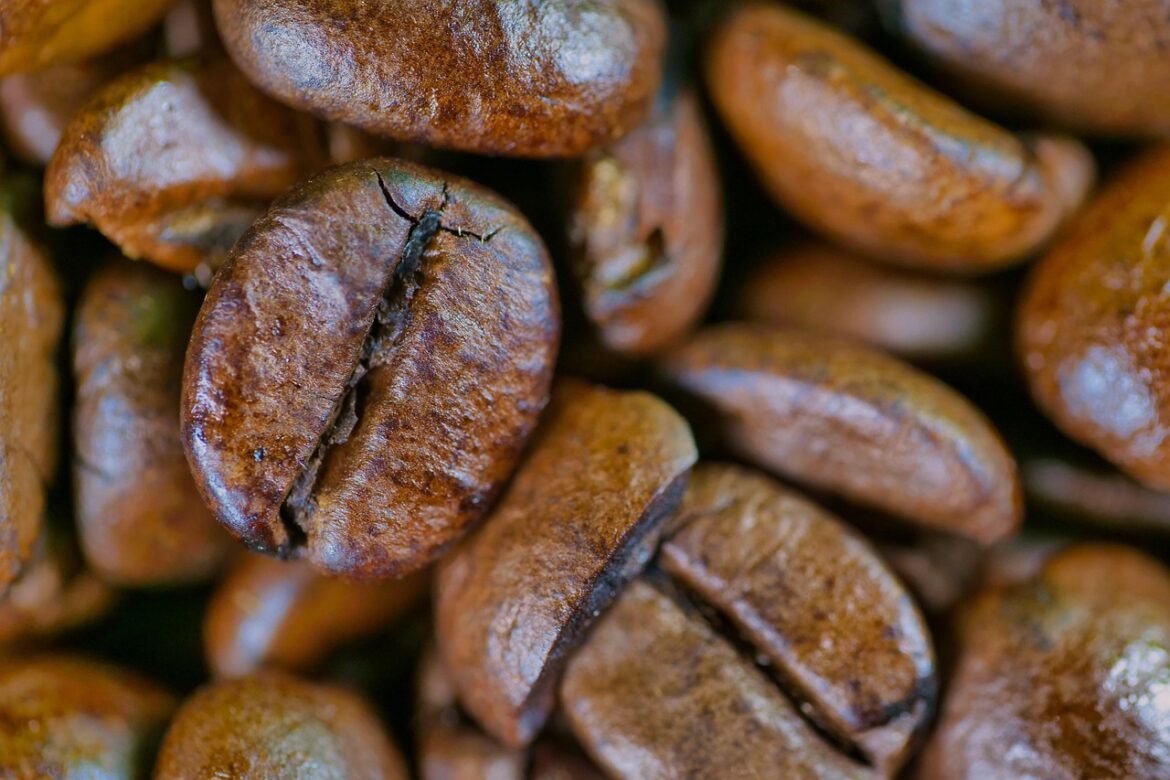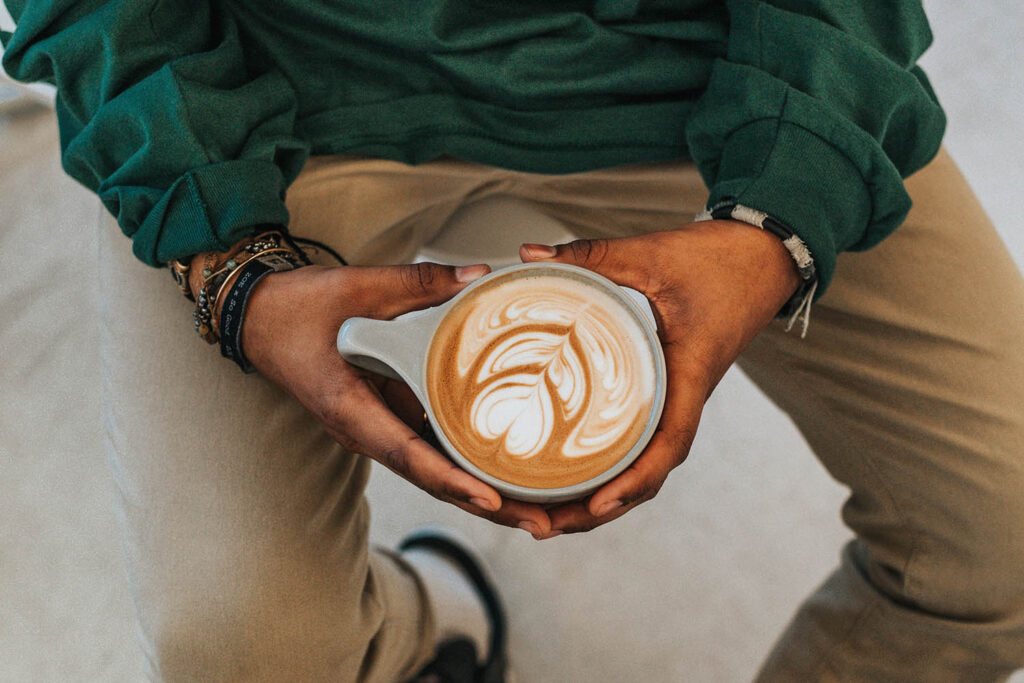Selecting the Perfect Coffee Beans for Cold Brew
Cold brew coffee has surged in popularity thanks to its smooth, mellow flavor profile that makes it a refreshing choice, particularly during the warmer months. Selecting the perfect coffee beans for cold brew isn’t just about picking any high-quality bean; it requires specific considerations to enhance your brewing experience. This article guides you through the selection process, addresses common questions, and helps you make the most informed choice for delicious cold brew at home.
Understanding Cold Brew Coffee
Cold brew is a method of brewing coffee that involves steeping coarse-ground beans in cold water for an extended period, typically 12 to 24 hours. Unlike traditional coffee brewing methods that extract flavor and caffeine through heat, cold brew’s slow steeping process results in a smooth, sweet, and less acidic beverage. It’s important to choose coffee beans that can withstand this unique brewing technique.
The Best Types of Coffee Beans for Cold Brew
When selecting beans for cold brew, consider the bean’s origin, roast, and blend:
1. Coffee Bean Origin
The origin of coffee beans can significantly influence the flavor of your cold brew. Beans from different regions come with distinct taste profiles:
- African Beans: Often characterized by higher acidity and fruity flavors, which can bring a bright, refreshing quality to your cold brew.
- South American Beans: Typically offer nuttier, sweeter tastes, ideal for a smoother, more balanced cold brew.
- Asian Beans: Known for their full body and richer, earthier notes, these can add depth to your beverage.
2. Roast Type
Roast level impacts the taste and suitability of beans for cold brewing:
- Light Roasts: Preserve the original flavors of the bean but may result in a more acidic brew, which isn’t always desired in cold brew.
- Medium Roasts: Provide a good balance between acidity and intrinsic bean flavor, making them versatile for cold brewing.
- Dark Roasts: Offer bolder, smoother flavors with less acidity, excellent for a richer cold brew.
For most cold brew enthusiasts, medium to dark roasts are preferred because they bring out sweet and chocolaty flavors conducive to the cold brew method.
Single-Origin vs. Blend
Another consideration is whether to use single-origin beans or blends:
- Single-Origin Beans: These come from one specific place and are great for experiencing the unique flavors of that region. However, they might lack complexity when used for cold brew.
- Blends: These are crafted from beans from multiple origins. Blends are typically engineered to achieve a balance that complements cold brew’s flavor profile, making them a popular choice.
Grind Size for Cold Brew
Choosing the right grind size is crucial for cold brew. A coarse grind is best because it allows slow extraction while minimizing the risk of bitterness:
- A too-fine grind can lead to over-extraction, resulting in a harsh and bitter taste.
- A coarse grind ensures a sweeter, cleaner flavor, enhancing the inherent qualities of the coffee beans.
When you buy your beans, either grind them at the store with a setting for French press or use a burr grinder at home to get the right consistency.
How to Store Coffee Beans for Freshness
Proper storage is key to maintaining the freshness and flavor of your coffee beans:
- Keep beans in a cool, dark place.
- Use an airtight container to protect them from air, moisture, and odors.
- Avoid freezing coffee beans, which can cause the oils to coalesce and alter the flavor.
FAQs About Choosing Coffee Beans for Cold Brew
Can I use pre-ground coffee for cold brew?
While freshly ground coffee is recommended for flavor and freshness, pre-ground coffee can also be used, especially if it’s a medium to coarse grind specifically meant for cold brew.
How long does cold brew last?
Properly stored in a refrigerator, cold brew coffee can last up to two weeks without a significant loss in quality and flavor.
Is cold brew stronger than regular coffee?
Cold brew coffee often has a higher concentration of caffeine and flavor, primarily because of the higher coffee-to-water ratio used in its preparation. However, it is usually diluted with water or milk before serving.
Conclusion
Selecting the perfect coffee beans for cold brew can transform your brewing experience, affecting everything from flavor to caffeine strength. By considering the bean’s origin, roast type, and whether you’re using single-origin beans or blends, you can tailor your cold brew to your personal taste preferences. Remember, the key to delicious cold brew lies in experimentation and fine-tuning, so don’t hesitate to try different beans until you find your perfect match.
Now that you’ve mastered the art of selecting coffee beans, grab your favorite mug, and enjoy the refined flavors of your home-brewed cold brew coffee.


